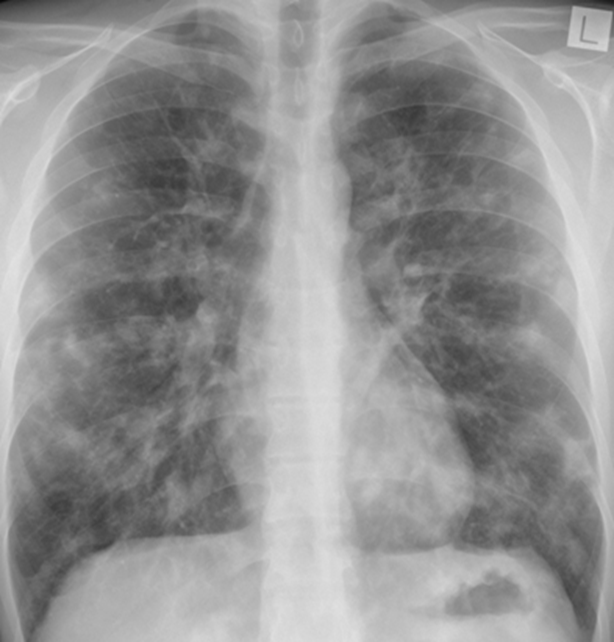
Mystery #hepatitis cases in #kids linked to unexpected viral suspect
Two preliminary studies finding #adeno-associated viruses in pediatric hepatitis cases suggest a child's genetic background and other virusesall act in concert
1/
👇
science.org/content/articl…
Two preliminary studies finding #adeno-associated viruses in pediatric hepatitis cases suggest a child's genetic background and other virusesall act in concert
1/
👇
science.org/content/articl…
Researchers found high adeno-associated virus 2 (AAV2) levels in the blood or liver cells in 24 of 25 children with unexplained hepatitis.
In a group of kids without this condition, almost none had AAV2, even those with #adenovirus.
2/
In a group of kids without this condition, almost none had AAV2, even those with #adenovirus.
2/
The young #hepatitis patients were also much likelier to have a #genetic variant that may make their immune systems overreact to viruses.
3/
3/
Adeno-associated viruses (AAVs) need a protein from a distant viral relative, usually adenovirus or herpesvirus, to replicate.
Many people are infected by AAV2 by age 10, but the #virus can lie dormant in cells until that helper virus comes along and activates it.
4/
Many people are infected by AAV2 by age 10, but the #virus can lie dormant in cells until that helper virus comes along and activates it.
4/
In two independent, preliminary studies, U.K. researchers also found that all but two of 14 sick children tested carried a specific version of a type of #gene called HLA that helps shape the body’s response to pathogens.
5/
5/
The class II HLA-DRB1*04:01 allele was identified in 8/9 cases (89%), compared with a background frequency of 15.6% in Scottish blood donors, suggestive of increased susceptibility in affected cases.
6/
6/
Acute non-A-E #paediatric #hepatitis is associated with the presence of AAV2 infection, which could represent a primary pathogen or a useful biomarker of recent HAdV or HHV6B infection.
7/
7/
• • •
Missing some Tweet in this thread? You can try to
force a refresh




















